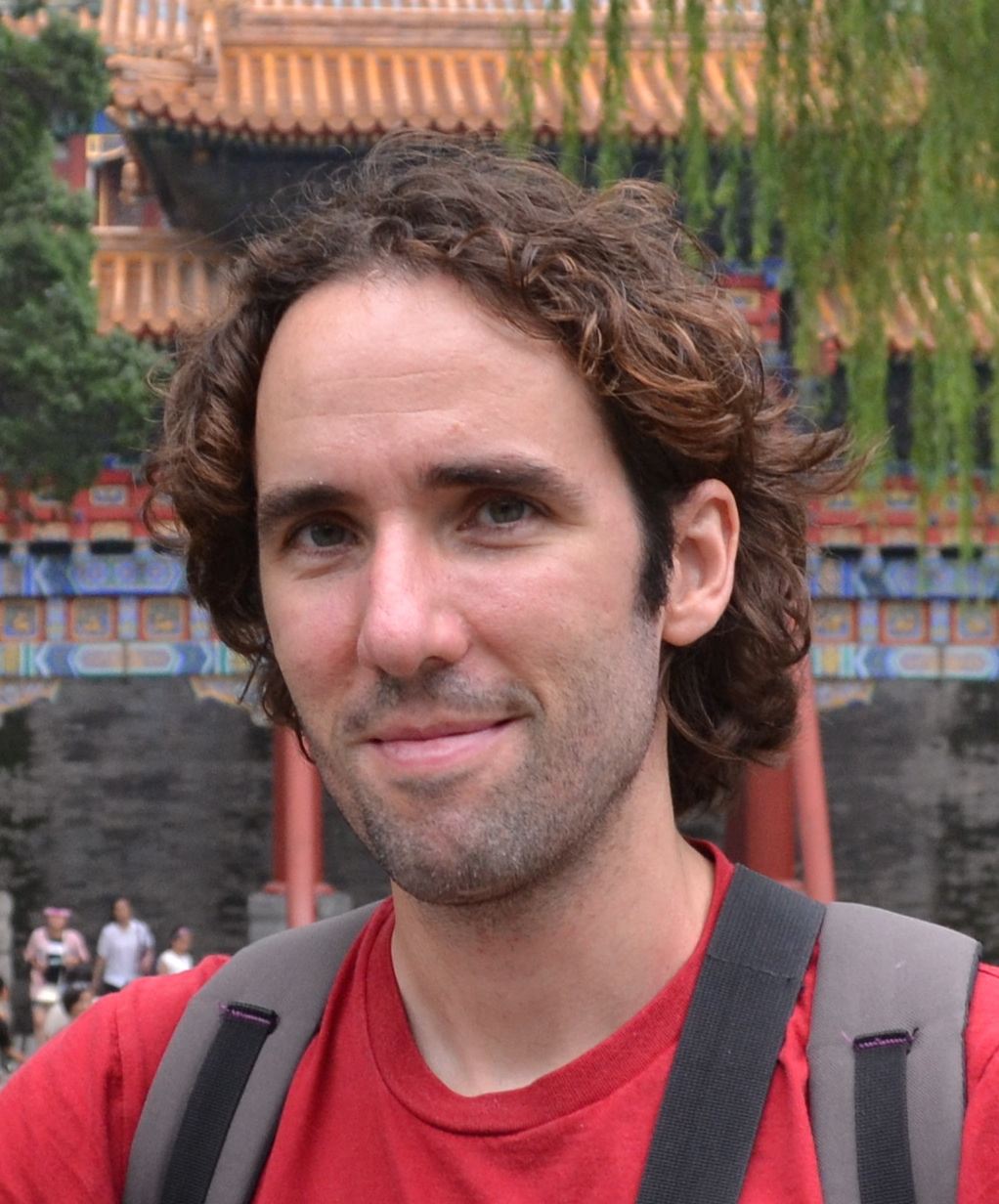PHOTOS are now open.
New subtasks: Newswire subtask (Ja <-> En) and Recipe subtask (Ja <-> En) (2017/06/17)
Many Asian countries are rapidly growing these days and the importance of communicating and exchanging the information with these countries has intensified. To satisfy the demand for communication among these countries,machine translation technology is essential.
Machine translation technology has rapidly evolved recently and it is seeing practical use especially between European languages. However, the translation quality of Asian languages is not that high compared to that of European languages, and machine translation technology for these languages has not reached a stage of proliferation yet. This is not only due to the lack of the language resources for Asian languages but also due to the lack of techniques to correctly transfer the meaning of sentences from/to Asian languages. Consequently, a place for gathering and sharing the resources and knowledge about Asian language translation is necessary to enhance machine translation research for Asian languages.
The Workshop on Machine Translation (WMT), the world's largest machine translation workshop, mainly targets on European languages and does not include Asian languages. The International Workshop on Spoken Language Translation (IWSLT) has spoken language translation tasks for some Asian languages using TED talk data, but these is no task for written language.
The Workshop on Asian Translation (WAT) is an open machine translation evaluation campaign focusing on Asian languages. WAT gathers and shares the resources and knowledge of Asian language translation to understand the problems to be solved for the practical use of machine translation technologies among all Asian countries. WAT is unique in that it is an "open innovation platform": the test data is fixed and open, so participants can repeat evaluations on the same data and confirm changes in translation accuracy over time. WAT has no deadline for the automatic translation quality evaluation (continuous evaluation), so participants can submit translation results at any time.
Following the success of the previous WAT workshops (WAT2014, WAT2015, WAT2016), WAT2017 will bring together machine translation researchers and users to try, evaluate, share and discuss brand-new ideas about machine translation. For the 4th WAT, we will include two new translation subtasks:
Also, we will include brand-new task: small NMT task. The goal of this task is to build a small neural machine translation system while keeping a reasonable translation quality. There is a high demand in industries to equip smart devices with translation capabilities. Though neural machine translation reaches the point that such capability is not a dream anymore, it usually needs huge resources which are not available on daily devices. The current solution is to run a translation engine on powerful servers and to arrange the device talk to them over Internet. However reliable low-latency connection is not available in the most part of the world and will not in a short term. If we can build a small system while keeping the translation capability reasonably, it has a huge impact in the application of machine translation.
Unfortunately almost all research work of neural machine translation is biased toward improving quality with little consideration to computing resource at inference time. We hope this shared task provides a common language and asset to the NLP community to open a new research field, which will have a huge impact in cross-language communication of our society.
In addition to the shared tasks, the workshop will also feature scientific papers on topics related to the machine translation, especially for Asian languages.
Topics of interest include, but are not limited to:
 |
SunFlare Co., Ltd. |
| 9:00 - 9:20 | Welcome & Overview |
| Overview of the 4th Workshop on Asian Translation | |
| Toshiaki Nakazawa, Shohei Higashiyama, Chenchen Ding, Hideya Mino, Isao Goto, Hideto Kazawa, Yusuke Oda, Graham Neubig and Sadao Kurohashi | |
| 9:20 - 10:40 | Research Paper |
| Controlling Target Features in Neural Machine Translation via Prefix Constraints | |
| Shunsuke Takeno, Masaaki Nagata and Kazuhide Yamamoto | |
| Improving Japanese-to-English Neural Machine Translation by Paraphrasing the Target Language | |
| Yuuki Sekizawa, Tomoyuki Kajiwara and Mamoru Komachi | |
| Improving Low-Resource Neural Machine Translation with Filtered Pseudo-Parallel Corpus | |
| Aizhan Imankulova, Takayuki Sato and Mamoru Komachi | |
| Japanese to English/Chinese/Korean Datasets for Translation Quality Estimation and Automatic Post-Editing | |
| Atsushi Fujita and Eiichiro Sumita | |
| 10:40 - 11:00 | Coffee Break |
| 11:00 - 12:00 | System Description |
| NTT Neural Machine Translation Systems at WAT 2017 | |
| Makoto Morishita, Jun Suzuki and Masaaki Nagata | |
| XMU Neural Machine Translation Systems for WAT 2017 | |
| Boli Wang, Zhixing Tan, Jinming Hu, Yidong Chen and Xiaodong Shi | |
| A Bag of Useful Tricks for Practical Neural Machine Translation: Embedding Layer Initialization and Large Batch Size | |
| Masato Neishi, Jin Sakuma, Satoshi Tohda, Shonosuke Ishiwatari, Naoki Yoshinaga and Masashi Toyoda | |
| 12:00 - 14:00 | Lunch |
| 14:00 - 14:45 | Invited Talk: |
| Turning NMT research into commercial products | |
| Dr. Adrià de Gispert | |
| 14:45 - 15:05 | Poster Booster (9 papers) |
| 15:05 - 15:10 | Commemorative Photo |
| 15:10 - 15:30 | Coffee Break |
| 15:30 - 16:15 | Poster Presentation I |
| NTT Neural Machine Translation Systems at WAT 2017 | |
| Makoto Morishita, Jun Suzuki and Masaaki Nagata | |
| Patent NMT integrated with Large Vocabulary Phrase Translation by SMT at WAT 2017 | |
| Zi Long, Ryuichiro Kimura, Takehito Utsuro, Tomoharu Mitsuhashi and Mikio Yamamoto | |
| SMT reranked NMT | |
| Terumasa Ehara | |
| Ensemble and Reranking: Using Multiple Models in the NICT-2 Neural Machine Translation System at WAT2017 | |
| Kenji Imamura and Eiichiro Sumita | |
| A Simple and Strong Baseline: NAIST-NICT Neural Machine Translation System for WAT2017 English-Japanese Translation Task | |
| Yusuke Oda, Katsuhito Sudoh, Satoshi Nakamura, Masao Utiyama and Eiichiro Sumita | |
| Comparison of SMT and NMT trained with large Patent Corpora: Japio at WAT2017 | |
| Satoshi Kinoshita, Tadaaki Oshio and Tomoharu Mitsuhashi | |
| 16:15 - 17:00 | Poster Presentation II |
| A Bag of Useful Tricks for Practical Neural Machine Translation: Embedding Layer Initialization and Large Batch Size | |
| Masato Neishi, Jin Sakuma, Satoshi Tohda, Shonosuke Ishiwatari, Naoki Yoshinaga and Masashi Toyoda | |
| Kyoto University Participation to WAT 2017 | |
| Fabien Cromieres, Raj Dabre, Toshiaki Nakazawa and Sadao Kurohashi | |
| CUNI NMT System for WAT 2017 Translation Tasks | |
| Tom Kocmi, Dušan Variš and Ondřej Bojar | |
| XMU Neural Machine Translation Systems for WAT 2017 | |
| Boli Wang, Zhixing Tan, Jinming Hu, Yidong Chen and Xiaodong Shi | |
| Tokyo Metropolitan University Neural Machine Translation System for WAT 2017 | |
| Yukio Matsumura and Mamoru Komachi | |
| Comparing Recurrent and Convolutional Architectures for English-Hindi Neural Machine Translation | |
| Sandhya Singh, Ritesh Panjwani, Anoop Kunchukuttan and Pushpak Bhattacharyya | |
| 17:00 - | Closing |
 |
Dr. Adrià de Gispert
Senior research scientist at SDL Research
senior research associate at the Engineering Department in the University of Cambridge
[Short bio.]
Title: Turning NMT research into commercial products
(Click here to more information. ) Time: 14:00 - 14:45 |
| Translation Task Submission Deadline | July 31, 2017 | |
| Small NMT Task Submission Deadline | August 20, 2017 | |
| Research Paper and System Description Submission Deadline | September 5, 2017 | |
| Notification of Research Paper Acceptance and Review Feedback of System Description | September 30, 2017 | |
| Camera-ready Deadline | October 10, 2017 |
* All deadlines are calculated at 11:59PM UTC-7
Subtasks:
Dataset:
We will evaluate the translation performance of the results submitted through
automatic evaluation and human evaluation.
Automatic evaluation:
We will prepare an automatic evaluation server.
You will be able to evaluate the translation results at any time using this server.
Human evaluation:
Human evaluation will be carried out with two kinds of method,
which are Pairwise Crowdsourcing Evaluation and JPO Adequacy Evaluation.
Submission:
Submission site is now open.
(User Name and Password is necessary to access.)
Evaluation results:
Evaluation results site is now open.
See this page.
Participants who submit results for human evaluation are required to submit description papers of their translation systems and evaluation results. All submissions and feedback are handled electronically as below.
The applicating site
for task participants of WAT2017 is now open.
For questions, comments, etc. please email to "wat -at- nlp -dot- ist -dot- i -dot- kyoto -hyphen- u -dot- ac -dot- jp".
Japan Patent Office
JPO Patent Corpus
The Association for Natural Language Processing (Japanese Page)
Asian Scientific Paper Excerpt Corpus (ASPEC)
Japan Science and Technology Agency (JST)
National Institute of Information and Communications Technology (NICT)
2017-08-28: paper submission link updated
2017-08-21: recipe task related information updated
2017-07-21: baseline systems updated
2017-07-21: discription of recipe subtask updated
2017-06-23: important dates updated
2017-06-23: application information updated
2017-06-16: corpus information updated
2017-05-10: main information updated
2017-04-26: organizer list updated
2017-04-13: site open
JST (Japan Science and Technology Agency)
NICT (National Institute of Information and Communications Technology)
Kyoto University
Last Modified: 2017-08-28